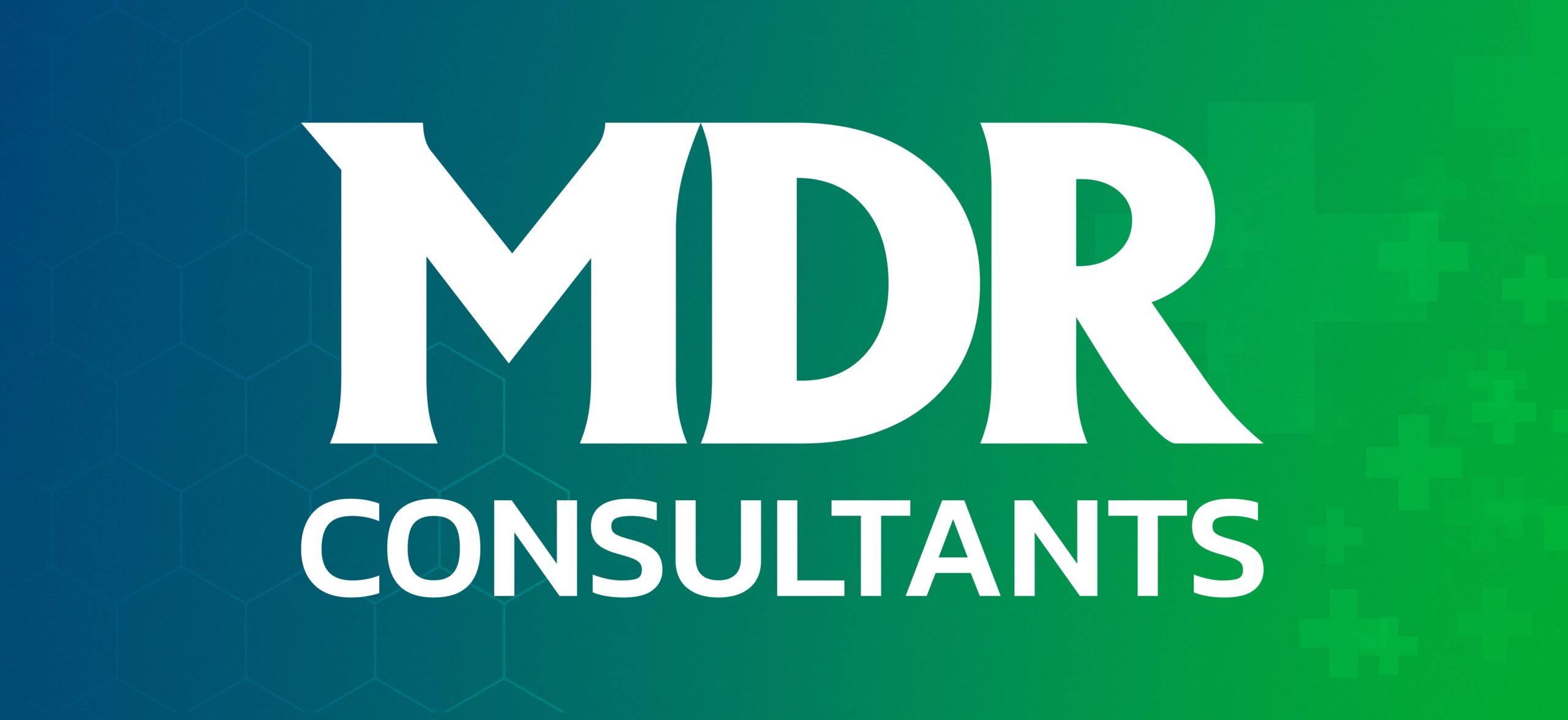The Medical Devices Rules, 2017 (MDR 2017), represent a significant step forward in regulating the medical device industry in India. This legislation aims to establish a robust regulatory framework that prioritizes the safety, quality, and efficacy of medical devices available in the Indian market. The MDR 2017 covers a wide range of medical devices, encompassing both general medical devices used for diagnosis, treatment, and monitoring of diseases and in Vitro Diagnostic (IVD) devices are used to analyze samples taken from the human body outside of the body. These devices play a crucial role in diagnosing diseases and monitoring health conditions.
Key Features of the MDR 2017:
- Comprehensive Coverage: The MDR 2017 provides a comprehensive regulatory framework that covers a wide spectrum of medical devices, ranging from simple devices like bandages and stethoscopes to complex ones such as implantable devices and diagnostic imaging equipment. This broad coverage ensures that all medical devices marketed in India are subject to appropriate regulatory oversight.
- Detailed Regulations: The rules are structured into 12 chapters, each addressing specific aspects of medical device regulation. These chapters includes the following:
- Licensing and Registration: Requirements for obtaining licenses and registrations for manufacturing, importing, and selling medical devices.
- Manufacturing and Quality Management Systems: Standards for manufacturing practices, quality management systems, and post-market surveillance.
- Clinical Trials: Guidelines for conducting clinical trials to evaluate the safety and efficacy of new medical devices.
- Post-Market Surveillance: Requirements for monitoring the performance and safety of medical devices after they have been placed on the market.
- Adverse Event Reporting: Procedures for reporting adverse events associated with medical devices.
- Recall and Corrective Actions: Requirements for recalling or correcting defective medical devices.
- Import and Export: Regulations governing the import and export of medical devices.
- Extensive Guidance: To assist stakeholders in navigating the regulatory requirements, the MDR 2017 includes 97 detailed rules that provide specific guidance on various aspects of medical device regulation. These rules offer clarity and interpretation of the regulations, helping manufacturers, importers, and other stakeholders to comply with the requirements.
- Standardized Forms: A total of 40 standardized forms are included in the rules, covering various applications, licenses, and registrations required for medical device manufacturers and importers. These forms streamline the application process and ensure consistency in the information submitted to the regulatory authorities.
- Technical Standards: The rules include 8 schedules that provide technical specifications and standards for different categories of medical devices. These standards are based on international standards and best practices, ensuring that medical devices marketed in India meet acceptable levels of safety, performance, and quality.
Benefits of the MDR 2017:
- Improved Patient Safety: The MDR 2017 aims to enhance patient safety by ensuring that only safe and effective medical devices are available in the Indian market. The regulations promote the use of sound scientific evidence and rigorous quality control measures throughout the entire lifecycle of a medical device.
- Enhanced Public Health: By improving the quality and safety of medical devices, the MDR 2017 contributes to better public health outcomes. The regulations help to reduce the risk of adverse events associated with medical devices and ensure that patients have access to safe and effective medical technologies.
- Stimulating Innovation: The MDR 2017 provides a clear and predictable regulatory environment that encourages innovation in the medical device sector. The regulations promote the development and introduction of new and improved medical technologies that can improve patient care.
- Facilitating Trade: The MDR 2017 aligns with international standards and best practices, facilitating trade in medical devices between India and other countries. This harmonization of regulations can help to reduce barriers to trade and promote the growth of the medical device industry in India.
In conclusion, the MDR 2017 provides a comprehensive and robust regulatory framework for the medical device industry in India. By prioritizing patient safety, promoting innovation, and facilitating trade, the MDR 2017 aims to ensure that the Indian market is supplied with safe, effective, and high-quality medical devices.
